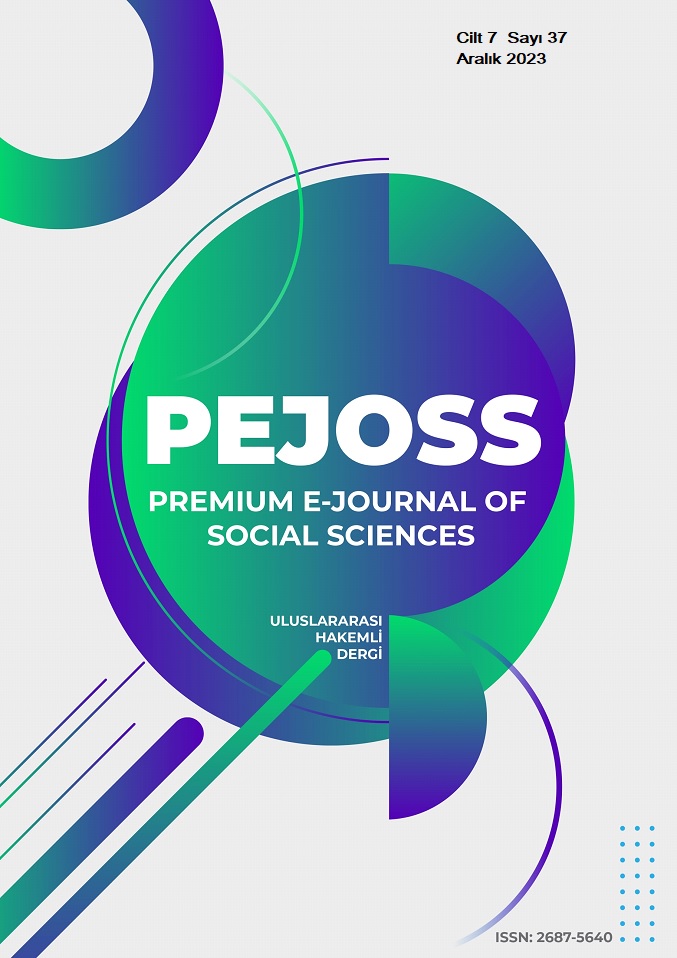Life Cycle of ERP Systems
DOI:
https://doi.org/10.5281/zenodo.10450639Keywords:
ERP, Enterprise Resource Planning, technologyAbstract
It is known that Enterprise Resource Planning Systems are a system that emerged at the end of the 20th century and is developing rapidly in direct proportion to technological developments. ERP systems, which were first born when the tractor manufacturer developed an MRP system together with IBM, were later pioneered in the development of ERP systems by the research company Gartner. It has facilitated the use of cloud systems and access to critical data from all devices with internet access. The first cloud ERP in history was created by Net Suite in 1998. Gartner company introduced the idea of ERP II to the world in 2000, which can draw data from many different areas.
In this study, the birth of enterprise resource planning systems, the development of ERP systems to date, the use of these systems around the world, common ERP systems and the information systems used in these systems are discussed. Enterprise resource planning systems, which started with a tractor manufacturer in the 1960s, have rapidly gained a place all over the world. As smartphones become smarter and mobile technologies develop further, ERP systems are also growing rapidly. It is not known whether the technology has completed its development, but it is observed that ERP systems have developed at a high level in recent years. Nowadays, enterprise resource planning system data has become more important and prioritized than physical data. At first, no one had any idea what would happen, but now it seems that the most important element in this age is information and the security of this information.
Downloads
References
Coşkun, M. (2021). Kurumsal Kaynak Planlama Yazılımı Geliştirme İçin Alan Özgü Olgunluk Modeli. Hacettepe Üniversitesi.
Hatipoğlu, C. (2010). Kalite Odaklı Kurumsal Kaynak Planlama Uygulamalarında Kritik Başarı Faktörlerinin Belirlenmesi, [Doktora Tezi], Sakarya.
Moon, Y. (2007). Enterprise Resource Planning ( ERP ): a review of the literature, Int. J. Manag. Enterp. Dev. 4(3)235–264.
Ross, J.W. & Vitale, M.R. (2000). CISR Working Paper - The ERP Revolution: Surviving Versus Thriving,
Shehab, E.M., Sharp, M.W., Supramaniam, L., & Spedding, T.A., (2004). Enterprise Resource Planning An Integrative Review. Business Management Journal, 10(4).
Tekbaş, A. & Ömürgönülşen, M. (2014). Otelcilik Sektöründe Kurumsal Kaynak Planlaması (KKP) Uygulamalarındaki Algılanan Kritik Başarı Faktörlerinin KKP Sisteminin Algılanan Başarısı Üzerindeki Etkileri: Ankara’daki İş Otellerinde Bir Araştırma. AİBÜ-İİBF Ekonomik ve Sosyal Araştırmalar Dergisi, 10(1), 207-237.
Yılmaz, B. (2009). İşletmelerde Kurumsal Kaynak Planlaması Uygulamalarında Kritik Başarı Faktörleri. SÜ İİBF Sosyal ve Ekonomik Araştırmalar Dergisi, Konya.
Downloads
Published
How to Cite
Issue
Section
License
Copyright (c) 2023 Premium e-Journal of Social Science (PEJOSS)

This work is licensed under a Creative Commons Attribution 4.0 International License.


